Inevitable model
On October 29, speaking at the Vietnam Industrial Real Estate Forum 2025 (VIPF 2025), Mr. Truong Khac Nguyen Minh, Deputy General Director of Prodezi Long An Joint Stock Company, said that reducing emissions is not only a technical solution, but a comprehensive transformation, from infrastructure, production to development model.
“Traditional industrial zones must evolve into ecological industrial zones or new-generation industrial zones,” Mr. Minh emphasized.
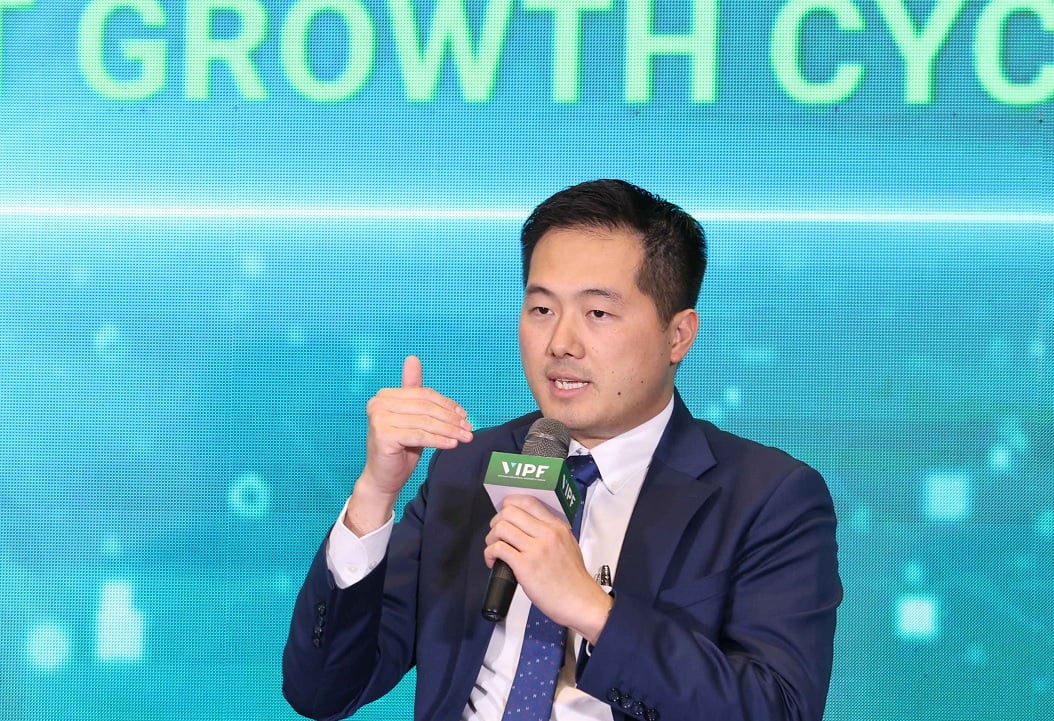 |
| Mr. Truong Khac Nguyen Minh, Deputy General Director of Prodezi Long An, shared at the Vietnam Industrial Real Estate Forum 2025. (Photo: Le Toan) |
According to Mr. Minh, an eco-industrial park is a comprehensive model, combining production areas, urban areas and ancillary services. This structure creates industrial symbiosis. In which, waste from one enterprise becomes input material for another, helping to reduce emissions and save resources.
At Prodezi Long An, the development model is towards an ecological urban-industrial area, where the industrial park is closely linked to residential, commercial and social infrastructure areas.
“This is a step in line with the Government ’s goal of synchronous and sustainable development, and is also a foundation to approach international investors with high requirements on ESG standards and carbon emissions,” said Mr. Minh.
Need to improve legal framework
Mr. Minh assessed that Vietnam now has an initial legal corridor for this model, with Decree 35/2022/ND-CP and Circular 05/2023 of the Ministry of Planning and Investment (old), clearly stipulating the criteria for ecological industrial parks.
However, in the context of new-generation Free Trade Agreements (FTAs) and green technical barriers being applied increasingly strictly in Europe, North America, and Japan, Vietnam needs to continue to specify standards and build a specialized law on industrial zones.
“If there is a separate law for industrial zones, it will be the foundation for developing a sustainable production system, helping Vietnam both comply with international commitments and improve its competitiveness,” he suggested.
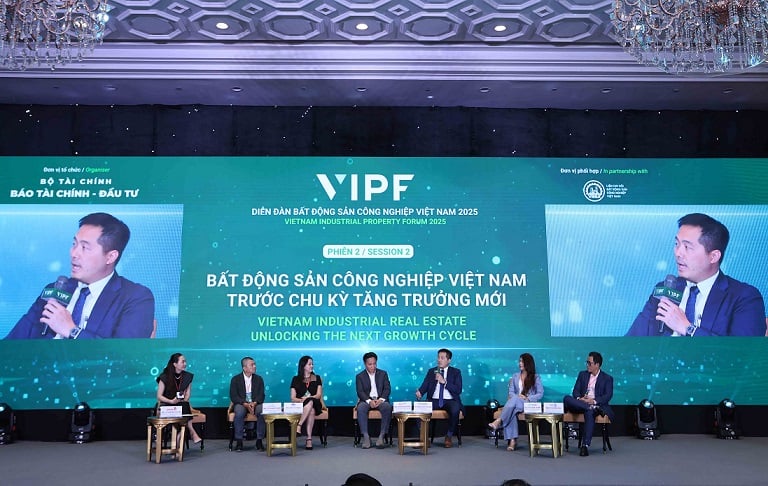 |
| Overview of the second discussion session at the Forum. (Photo: Le Toan) |
According to Mr. Truong Khac Nguyen Minh, the four important resolutions of the Politburo (Resolutions 57, 59, 66 and 68) are strategic pillars, creating the foundation for Vietnam to enter a new stage of development.
Resolution 68 is considered to have a direct impact on the private economic sector and industrial infrastructure investors, when it introduces many open policies, supporting green investment and technological innovation.
“Resolution 68 has very specific contents, in which costs for research and development (R&D) activities are tax deductible, and secondary investors in eco-industrial parks enjoy incentives on land tax and credit. This is a very positive signal,” Mr. Minh shared.
The most important thing now is to synchronously and effectively implement these resolutions, in order to create momentum for businesses and the economy to develop together, entering a new era of green and sustainable industrial zones.
Enterprises take the initiative to act first
Sharing practical experience, Mr. Minh said that Prodezi Long An has proactively developed an ecological industrial park despite incomplete legal standards, with the spirit of "doing first, leading".
The project is planned according to UNIDO criteria and Circular 05, ensuring at least 25% green area, shared technical infrastructure system to reduce emissions, worker housing area and social utility area.
At the same time, the company deploys wastewater circulation solutions, solar energy on factory roofs and coordinates with international partners to apply resource-saving technology.
“We don’t wait for the policy to be completed before doing anything. Investors must take the initiative. They must work with the State and create a realistic model for the market,” said Mr. Minh.
From his experience working with dozens of foreign investors, Mr. Minh said that some investors even requested support to connect their output emissions to become input materials for other businesses, in order to maintain ESG criteria throughout the chain.
In addition, many FDI enterprises are currently investing in symbiotic groups, meaning that companies in the same production chain rent land together in an eco-industrial park to ensure the connection of raw materials - energy - logistics. This requires investors to calculate strategic planning from the beginning, ensuring that the industrial park has enough scale and infrastructure to meet the closed production chain.
Deputy General Director of Prodezi Long An said that infrastructure, energy and people are three key factors to help improve the quality and increase the competitiveness of Vietnam's industrial parks.
Prodezi Long An is currently proactively building platforms connecting domestic enterprises and foreign investors. The enterprise has signed a memorandum of understanding with the Ho Chi Minh City Young Entrepreneurs Association to create a platform for sharing information, connecting and introducing reliable partners to FDI investors.
Prodezi is also aiming to form an overall picture of the supply chain in the Tay Ninh - Long An area, thereby helping investors grasp the supply chains of input and output materials and related local partners.
“We want Vietnamese enterprises to clearly understand the requirements of FDI, participate early, transparently and reliably. Then, domestic competitiveness will be raised, while increasing the connection between domestic and foreign enterprises,” said Mr. Minh.
Prodezi Long An representative added that industrial park development should not focus on quantity, but on improving the quality and efficiency of land use. At the same time, it must ensure flexibility to adapt to market fluctuations.
Source: https://baodautu.vn/khu-cong-nghiep-sinh-thai-la-mo-hinh-tat-yeu-cua-chuyen-doi-xanh-d425241.html


![[Photo] National Assembly Chairman Tran Thanh Man receives foreign ambassadors who came to say goodbye](https://vphoto.vietnam.vn/thumb/1200x675/vietnam/resource/IMAGE/2025/10/30/1761820977744_ndo_br_1-jpg.webp)
![[Photo] The Third Patriotic Emulation Congress of the Central Internal Affairs Commission](https://vphoto.vietnam.vn/thumb/1200x675/vietnam/resource/IMAGE/2025/10/30/1761831176178_dh-thi-dua-yeu-nuoc-5076-2710-jpg.webp)
![[Photo] General Secretary To Lam attends the Vietnam-UK High-Level Economic Conference](https://vphoto.vietnam.vn/thumb/1200x675/vietnam/resource/IMAGE/2025/10/30/1761825773922_anh-1-3371-jpg.webp)
![[Photo] Touching scene of thousands of people saving the embankment from the raging water](https://vphoto.vietnam.vn/thumb/1200x675/vietnam/resource/IMAGE/2025/10/30/1761825173837_ndo_br_ho-de-3-jpg.webp)
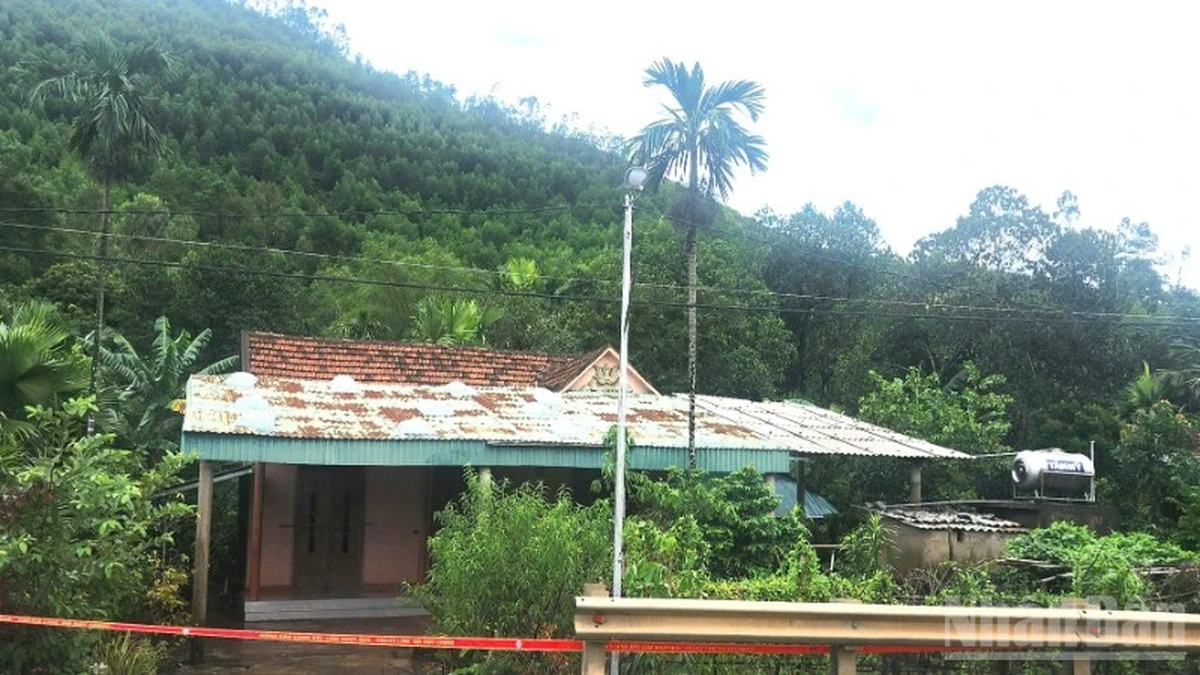
![[Photo] General Secretary To Lam meets former British Prime Minister Tony Blair](https://vphoto.vietnam.vn/thumb/1200x675/vietnam/resource/IMAGE/2025/10/30/1761821573624_tbt-tl1-jpg.webp)
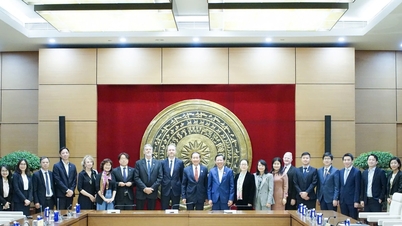

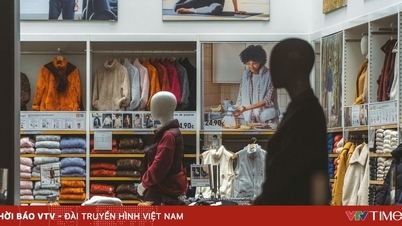

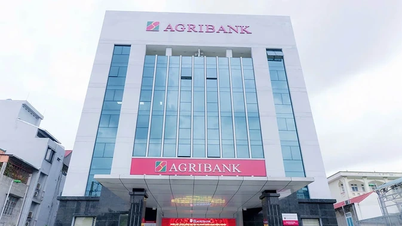

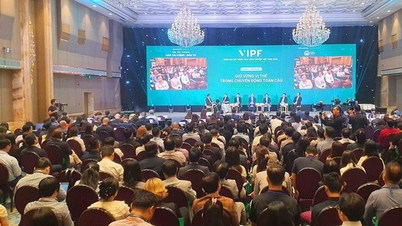

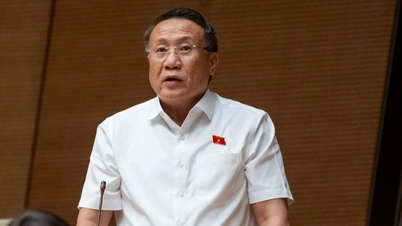

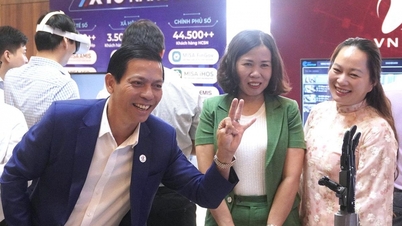

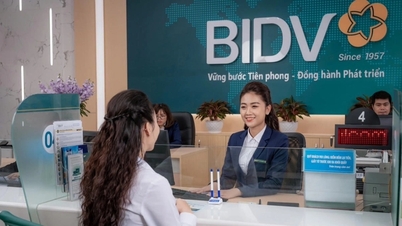





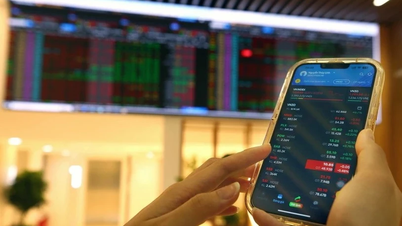

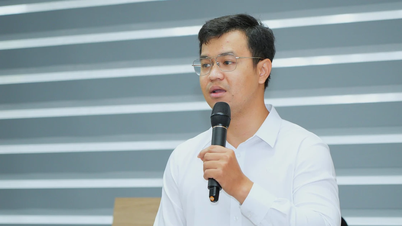





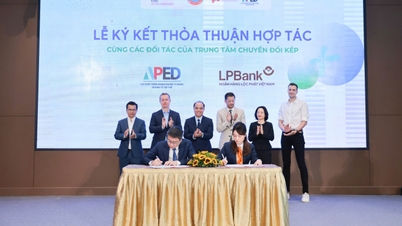
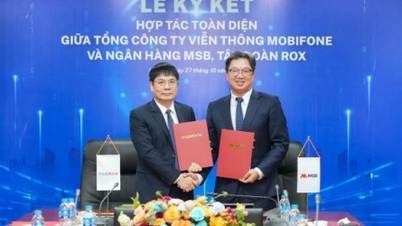


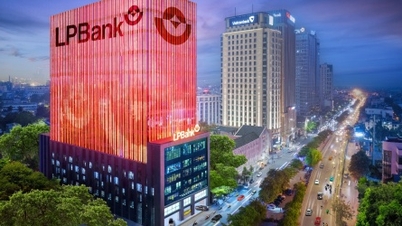







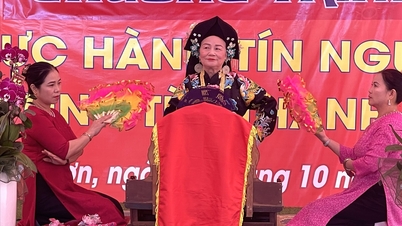





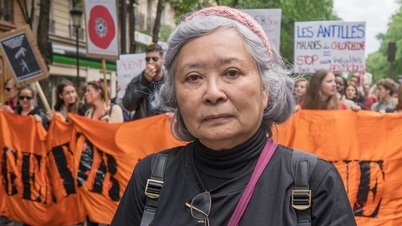

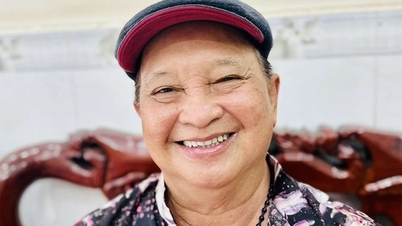




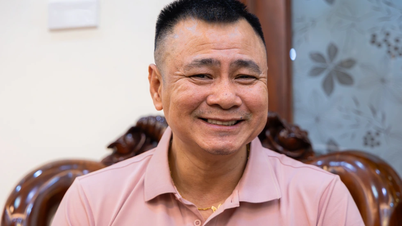
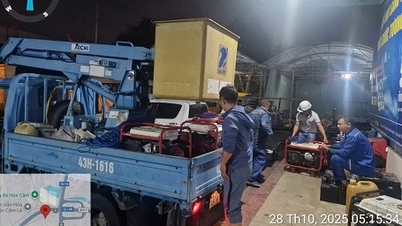

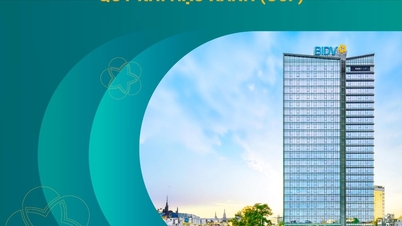
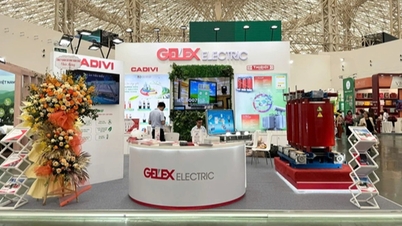
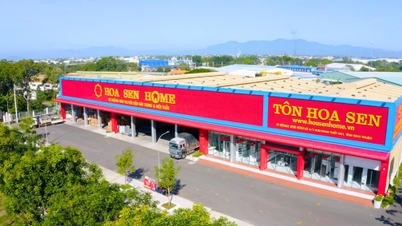

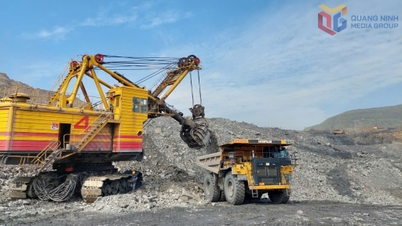







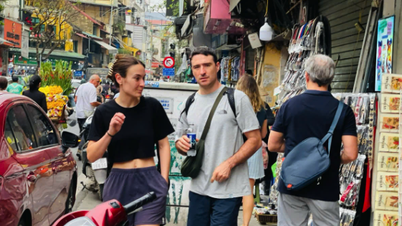

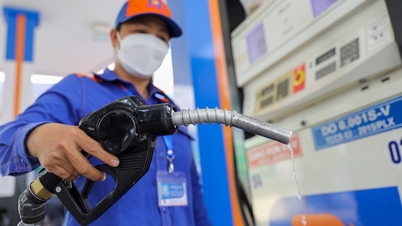
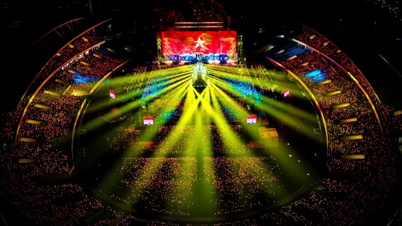

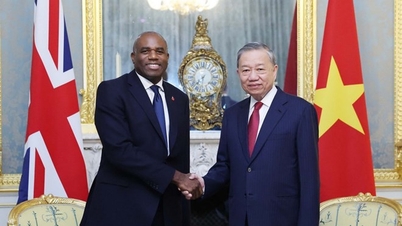
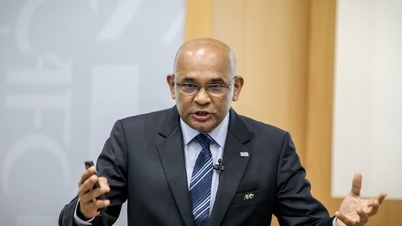
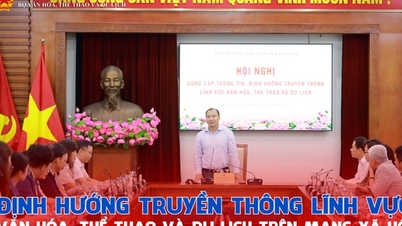
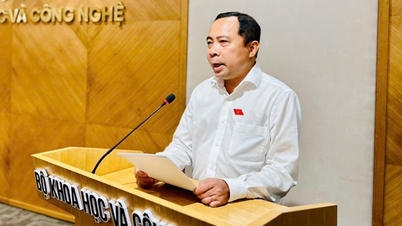

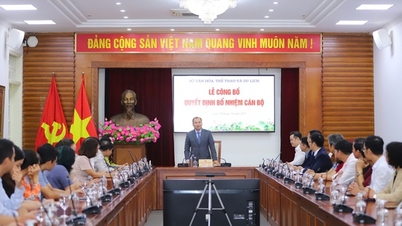



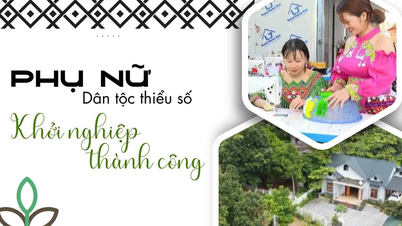

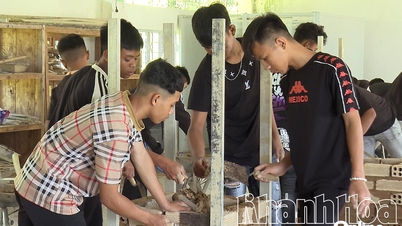


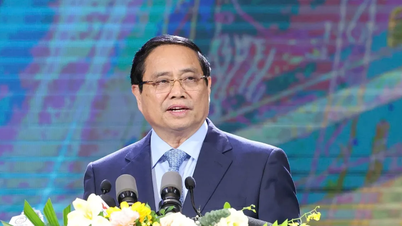

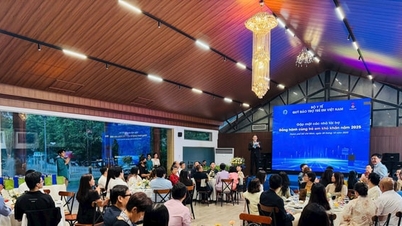

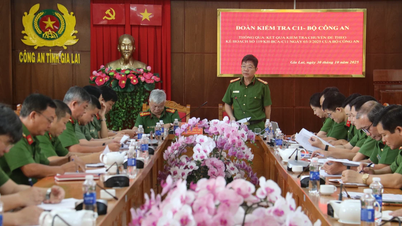











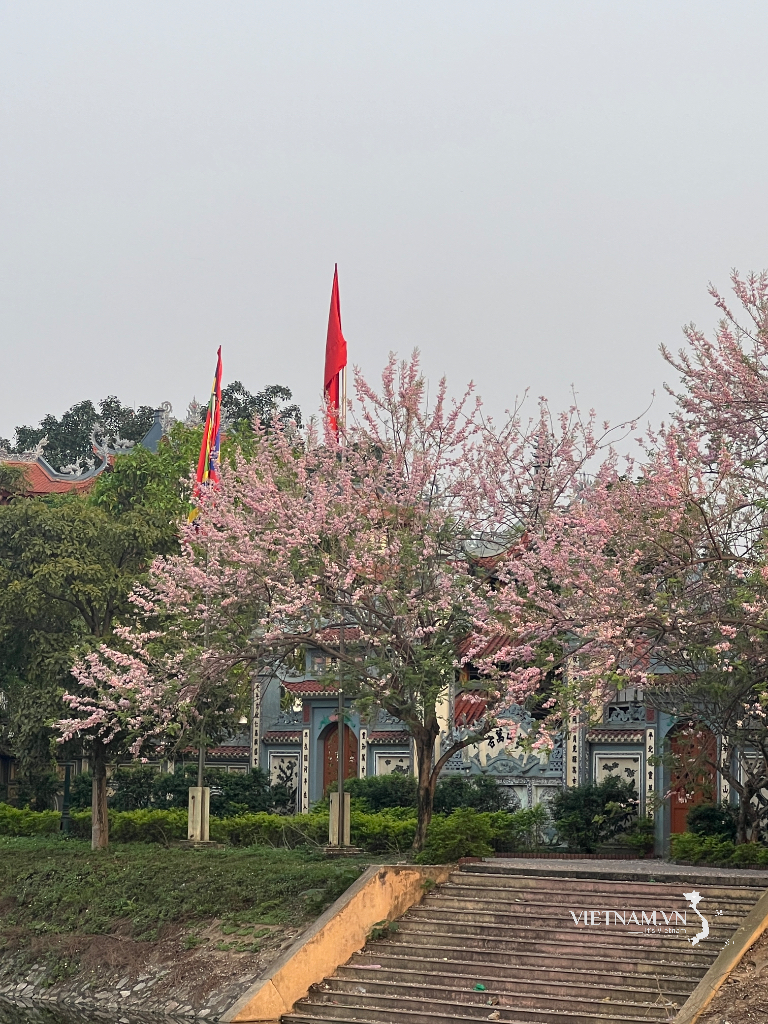



Comment (0)